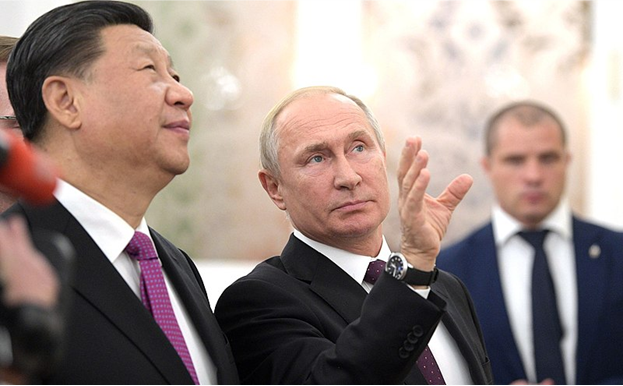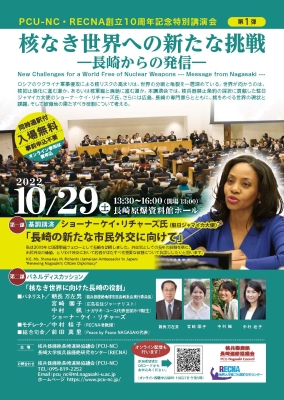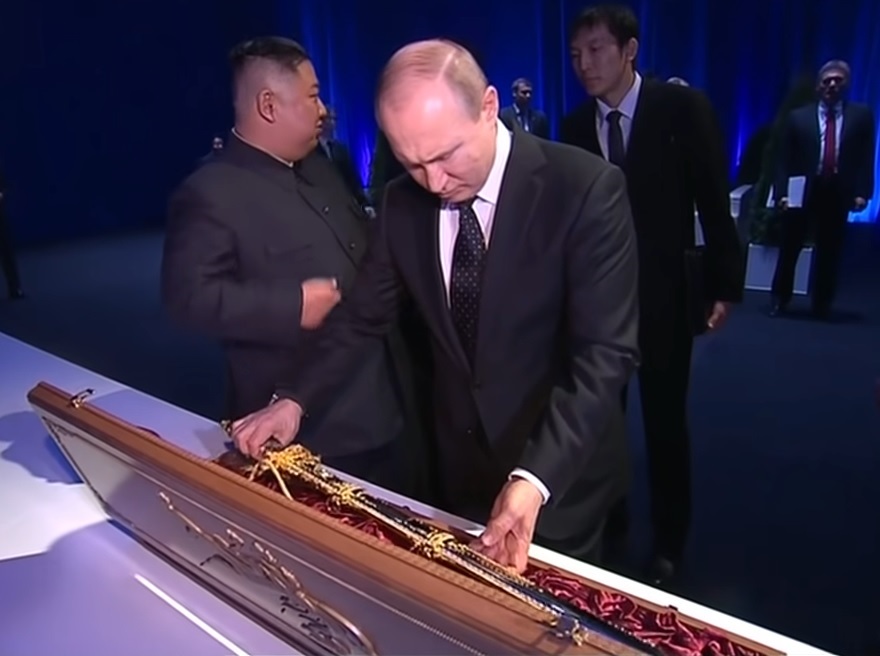
POTENTIAL IMPLICATIONS OF THE WAR IN UKRAINE FOR NORTHEAST ASIA
Anastasia Barannikova
November 7, 2022
This report is published under a 4.0 International Creative Commons License the terms of which are found here.
This report is simultaneously published by the Asia-Pacific Leadership Network, Nautilus Institute, and the Research Center for Nuclear Weapons Abolition, Nagasaki University (RECNA).
The views expressed in this report do not necessarily reflect the official policy or position of the Nautilus Institute. Readers should note that Nautilus seeks a diversity of views and opinions on significant topics in order to identify common ground.
In this essay, Anastasia Barannikova argues that although the situation in Ukraine does not affect Russia’s nuclear posture/strategy in Northeast Asia directly, indirect impacts of the situation in Ukraine on Russia’s nuclear policies in this region cannot be ruled out. Examples of such indirect impacts include changes in nuclear weapons planning and deployment by the United States and China under the pretext or because of the Ukraine situation, a change in the nuclear weapons status of one or more of the non-nuclear states in the region, or the breaking out of a military conflict over Taiwan or on the Korean peninsula.
Anastasia Barannikova is a research fellow at ADM Nevelskoy Maritime State University (Vladivostok, Russia) and non-resident senior fellow of Mongolian Institute of Northeast Asian Security and Strategy (Mongolia).
This essay is a contribution to the “Reducing the Risk of Nuclear Weapons Use in Northeast Asia” (NU-NEA) project, a collaboration between the Research Center for Nuclear Weapons Abolition, Nagasaki University, Nautilus Institute, and the Asia Pacific Leadership Network for Nuclear non-proliferation and Disarmament, is to reduce and minimize the risk that nuclear weapons will be used in the region by developing better understandings of the processes that could lead to the first use of nuclear weapons and the potential outcomes of such nuclear weapons use. In the first year of this three-year project, the NU-NEA project team identified over 25 plausible nuclear weapons “use cases” that could start in Northeast Asia, sometimes leading to broader conflict beyond the region. These nuclear use cases are described in the report Possible Nuclear Use Cases in Northeast Asia: Implications for Reducing Nuclear Risk. The project has commissioned five contributions to update the cases in light of the Ukraine conflict, of which this essay is the fourth.
Keywords: Russia, Ukraine, Nuclear Weapons, Northeast Asia
Authors’ Profile:
Anastasia Barannikova is a research fellow at ADM Nevelskoy Maritime State University (Vladivostok, Russia) and non-resident senior fellow of Mongolian Institute of Northeast Asian Security and Strategy (Mongolia).





















